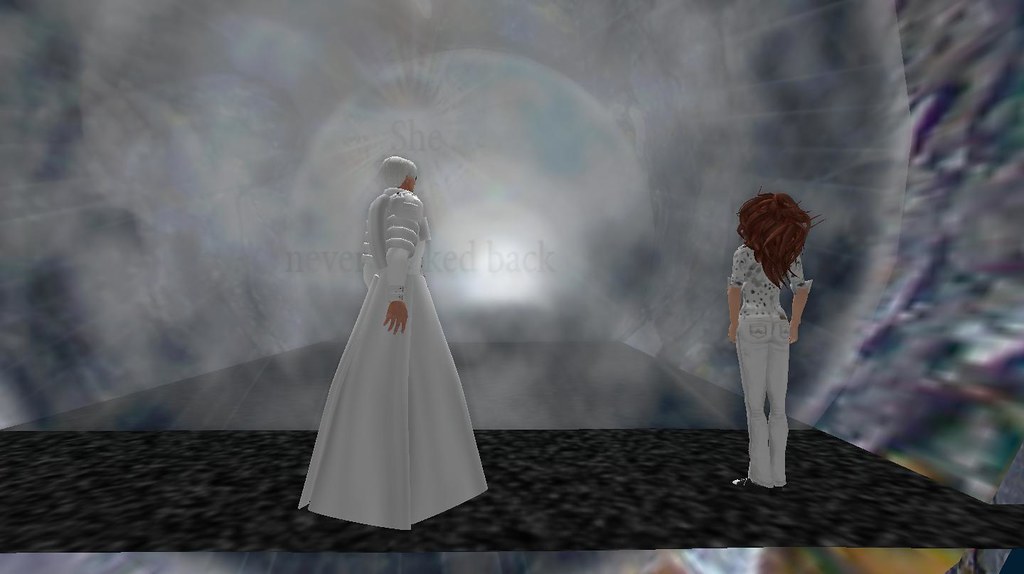Art production in virtual 3D worlds brings together people with different knowledge and skills.
Read more (link)
(crossposted)
Lovers Lane Studios
Art production in virtual 3D worlds brings together people with different knowledge and skills.
Art21 was founded in 1997 with the mission to increase knowledge of contemporary art, ignite discussion, and inspire creative thinking by using diverse media to present contemporary artists at work and in their own words.
Art21 produces the Peabody-winning PBS series Art:21 — Art in the Twenty-First Century, as well as books, internet-based resources, and public programs. What makes Art21 a bold new endeavor is not only the caliber of the artists featured, but the media in which they are presented. The accessibility of television and the Internet makes it possible to reach an extremely large audience.


"Is virtual art for real? What is the nature of the medium? How do you talk about it? What are its conceptual and social-critical opportunities and limits? These are just some of the questions that Brooklyn Is Watching has been actively asking for the last year and a half.
Inside the gallery are five monitors, each featuring a virtual copy of the real space occupied by a different virtual artwork. These are "THE FINAL FIVE," created for this context by the nominated and elected best from hundreds of virtual artists who have exhibited in year 1 of Brooklyn is Watching.
This is an "official" show of virtual art. So much is at stake, it has already spawned a Salon de Refusés of over thirty virtual artists who didn't make the final cut."
"Brooklyn is Watching, conceived of by Jay Van Buren, executed as a collaboration with Boris Kizelshteyn and the Popcha! development team in February 2008, is a breakthrough relational art project that invites interaction between the two thriving art communities of Second Life and Williamsburg, Brooklyn accentuating the power relations between and among them. It consists of a series of inter-related spaces for artists, audiences, and participants. The primary spaces are a square parcel of land (sim) in Second Life where artists are invited to leave their work for one week (when it is automatically returned), and an alcove in the Williamsburg art gallery–Jack the Pelican Presents where the sim can be viewed on a large monitor and entered via an avatar."

The Salon des Refusés, French for “exhibition of rejects”, is generally an exhibition of works rejected by the jury of the official Paris Salon, but the term is most famously used to refer to the Salon des Refusés of 1863.
It should be taken into account that during this time, Paris was a breeding ground for artist of all forms, poets, artists, sculptors, etc. Paris was the place to be, and the capital of the art world, any artist that wanted to be recognized, at that time, was required to have exhibited in a Salon, or gone to school in France. Being accepted into these Salons was a matter of survival for some artist; reputations and careers could be started or broken, based solely on the acceptance into these exhibits.
As early as the 1830’s, Paris art galleries had mounted small-scale, private exhibitions of works rejected by the Salon jurors. The clamorous event of 1863 was actually sponsored by the French government. In that year, artists protested the Salon jury’s rejection of more than 3,000 works, far more than usual. "Wishing to let the public judge the legitimacy of these complaints," said an official notice, Emperor Napoléon III decreed that the rejected artists could exhibit their works in an annex to the regular Salon. Many critics and the public ridiculed the refusés, which included such now-famous paintings as Édouard Manet's Luncheon on the Grass (Le déjeuner sur l’herbe) and James McNeill Whistler's Girl in White. But the critical attention also legitimized the emerging avant-garde in painting. Encouraged by Manet, the Impressionists successfully exhibited their works outside the Salon beginning in 1874. Subsequent Salons des Refusés were mounted in Paris in 1874, 1875, and 1886, by which time the prestige and influence of the Paris Salon had waned.
Émile Zola incorporated a fictionalized account of the 1863 scandal in his novel L'Oeuvre (The Masterpiece) (1886).
Today by extension, salon des refusés refers to any exhibition of works rejected from a juried art show.